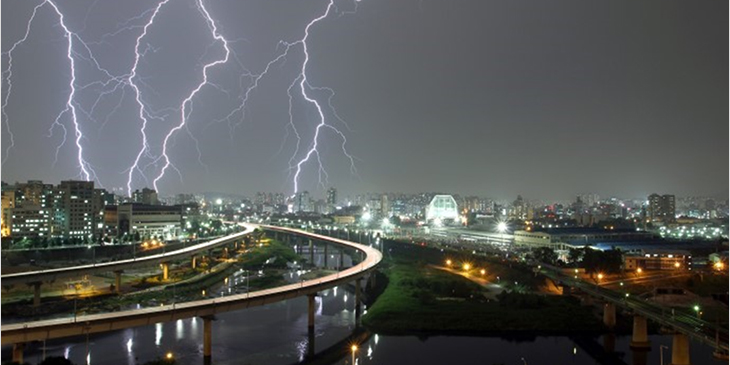




Around 600BC, a Greek philosopher, Thales realized that light weighted materials were drawn by charge electrification through friction caused by amber. This fact is recorded as the very first discovery of electric phenomenon. The Greek word 'electron' which meant 'amber' later transformed into the word 'electricity.' However, back then, electrons and magnets were not clearly distinguished from one another.
However, it was W. Gilbert, England's Queen Elizabeth's royal physician in the end of 16th century, who first discovered the distinction of electricity and magnetism. He was the first one to start a scientific research on magnetism and frictional electricity. Then after, French physicist Dufay discovered that there are two kinds of electricity - which later was referred as positive and negative. Then, French civil engineering scholar, Coulomb discovered what is now known as the Coulomb's law on 'electric force' that acts between materials that contain electricity. Moreover, Italian physicist Volta invented battery which dedicated to active researches on electric phenomenon and application technology.
Scientists such as Faraday and Maxwell in the 19th Century, started research on electricity which led the birth of numerous laws related to electricity such as Ohms law, Faraday's law of electromagnetic induction, Law of Electrolysis and Magnetic Action of Electric Current. In particular, Fleming's right-hand rule and left-hand rule provided the theoretical basis for the generator and the motor, which are essential in using electricity as an energy source. From then on, research on electricity advanced rapidly leading to the invention of numerous electric equipments including those for lighting and telecommunication.
Moreover, English physicist J. Thompson's 'Existence of Electrons' gave birth to a new academic discipline called 'electronics,' which later bloomed into semi-conductor technology that became foundation of modern electronic civilization that originally derived from application of elements of electrons such as vacuum tube and transistors.
Electricity of today has transformed into the most convenient form of secondary energy which became an indispensable factor not only for the modern homes but in the entire industry. Like the examples of electric cars, all forms of energy will convert into electricity and the electricity generating method is constantly improving into a more diverse and advanced technology.


1. Voltage (Electric Pressure): V
Power that sends electricity is called the voltage. Just like water runs well as the pressure goes up, the higher the voltage, the better electricity is carried.
Ex) 110V, 220V, 380V, 154kV, 345kV and etc
2. Watt-hour (Amount of Electricity): Wh
The unit that shows the amount of electricity consumed while using electric equipment is called the Watt-hour.
Ex) When a 100W light bulb is used for 10 hours, an amount of 100W x 10h = 1,000Wh(1KWh)is consumed.
3. Ampere (Electric current): A
The amount of electricity that runs through the electric wire is called Ampere. The thicker the wire, the more current volume is delivered.
Ex) An electric iron with 220V, 600W flows 2.7A electric current.
4. Frequency: Hz
Unlike Direct Current, Alternating Current changes its current and pressure direction (+, -) periodically based on the rotation of the generator, the number changed within the period of 1 second is referred to as frequency. Korea and the United States use 60Hz as rated frequency; therefore, 50Hz electronics that do not function well in Korea maybe due to the difference in rated frequency.
5. Power Factor: %
Power factor is a ratio that shows the efficiency of electricity. Motors are one of the key electronics with lower power factor and condenser attached to the motor is a device that helps enhance the power factor.














